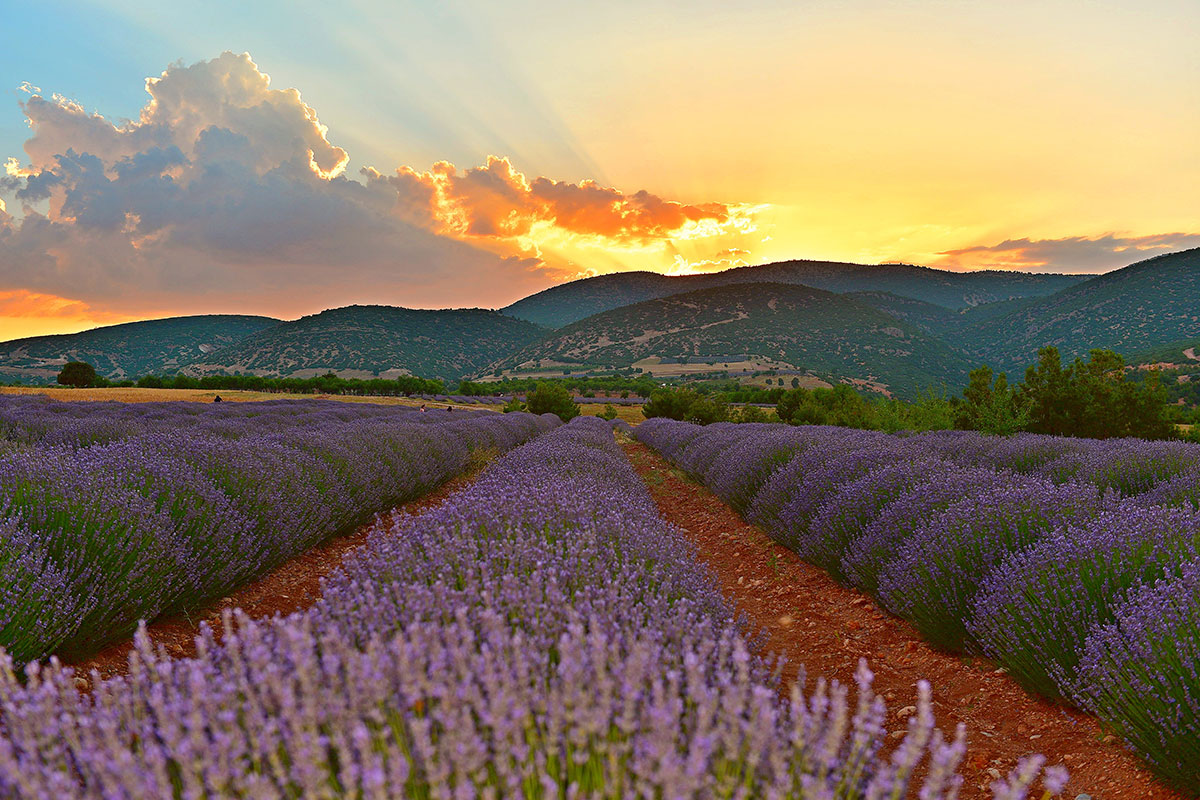Lavender Hydrosol
7 Amazing Insights into Turkey’s Lavender Hydrosol Production
Introduction
Lavender hydrosol—also known as lavender water—is gaining attention for its aromatic purity, natural appeal, and global commercial potential. While countries like France and Bulgaria are often associated with lavender, Turkey has quietly emerged as a powerhouse in the production of lavender hydrosol.
In this article, we’ll explore seven amazing insights into how Turkey has carved a niche for itself in this specialized field. From ideal geography to heritage-rich farming practices, Turkish lavender hydrosol tells a compelling story of nature, tradition, and opportunity.
1. Turkey’s Climatic Advantage Elevates Hydrosol Quality
Lavender thrives in sun-drenched, well-drained soils, and Turkey’s climate provides just that. Regions such as Isparta, Burdur, and Afyon are known for their dry summers, cool evenings, and elevated terrains, all of which contribute to the distinct character of Turkish lavender.
These environmental conditions not only enhance the visual beauty of the lavender fields but also affect the aromatic properties of the hydrosol, making it highly valued by producers and buyers alike.
2. Isparta: The Lavender Capital of Turkey
The small province of Isparta in southwestern Turkey has become synonymous with lavender farming. Originally known for its rose cultivation, Isparta has diversified over the years and now produces vast quantities of lavender used in hydrosol extraction.
Tourists travel from across the country to witness the lavender bloom during July, further reinforcing its cultural and economic significance. Local cooperatives and small farms work together to process the lavender into hydrosol using traditional steam distillation methods.
3. Traditional Farming Blends with Modern Efficiency
Turkish lavender hydrosol production is deeply rooted in tradition, with families often passing down cultivation and distillation techniques through generations. However, modern-day farmers are integrating mechanized harvesting and efficient distillation units to meet rising international demand.
This blend of old-world craftsmanship and contemporary technology ensures that Turkish lavender hydrosol retains its natural appeal while remaining competitive in the global market.
4. Hydrosol Distillation Is a Zero-Waste Process
One of the most compelling features of lavender hydrosol production in Turkey is its sustainability. The process uses steam distillation, where water vapor carries the aromatic molecules from the lavender flowers. As the vapor cools, it separates into essential oil and hydrosol.
Since this method utilizes only water and heat, it is environmentally friendly and low-waste. Farmers in Turkey often reuse leftover plant material for composting or natural pest deterrents, making lavender cultivation a holistic agricultural model.
5. Turkish Lavender Hydrosol Finds Global Markets
Lavender hydrosol produced in Turkey is increasingly found in cosmetic, fragrance, and personal care formulations around the world. With buyers from Europe, Asia, and the Middle East seeking natural plant-based solutions, Turkish suppliers are well-positioned to meet this demand.
Local producers package lavender hydrosol in bulk or ready-to-use containers, allowing flexibility for various end-user industries. The consistency and transparency of Turkish production methods further enhance its appeal to international markets.
6. Lavender Hydrosol Promotes Regional Economic Growth
The rise of lavender hydrosol in Turkey is not only a story of agriculture—it’s also a story of economic development. In areas where traditional farming once struggled, lavender has provided a profitable and sustainable alternative crop.
Farmers can harvest lavender annually, and the hydrosol can be stored and shipped with minimal processing. As a result, cooperative models and women-led agricultural initiatives have grown, adding inclusive dimensions to the industry.
7. Research Institutions Support Lavender Farming in Turkey
Agricultural universities and government research centers in Turkey actively contribute to lavender hydrosol development. From seed selection to soil management and distillation improvements, local science plays a vital role in enhancing production efficiency.
These research efforts aim to maximize yield and maintain purity, which are crucial for hydrosol applications across a range of industries. This scientific support ensures that Turkey remains on the cutting edge of global lavender farming.
Conclusion
Turkey’s rise in the lavender hydrosol industry is no coincidence. With its ideal climate, passionate farming communities, and expanding international reach, the country has established itself as a reliable and sustainable producer of high-quality lavender water.
As demand for botanical-based products continues to grow, Turkey’s role in the global hydrosol market is expected to expand further. Whether in a perfume bottle, a facial mist, or a spa treatment, Turkish lavender hydrosol carries with it the essence of sunlit fields and centuries of tradition—refined into one aromatic, versatile solution.
Product Information
Crop: Cultivated
Parts used: Flowers
Extraction Method: Steam Distillation
Quality: 100 % pure and natural hydrosol
Industry used: Dietary/Nutritional Supplement, Phytotherapy, Aromatherapy, Cosmetic, Perfume, Feed and Agricultural industries.
Packaging: Food grade barrels in various sizes, Glass bottles, Plastic bottles
Country of origin: TÜRKİYE


